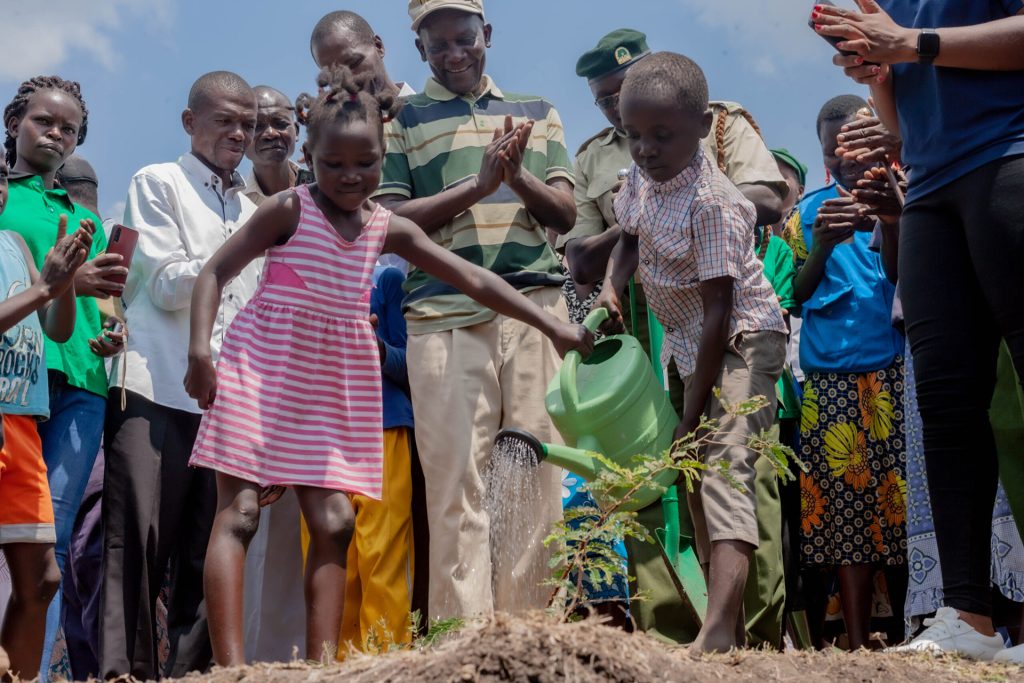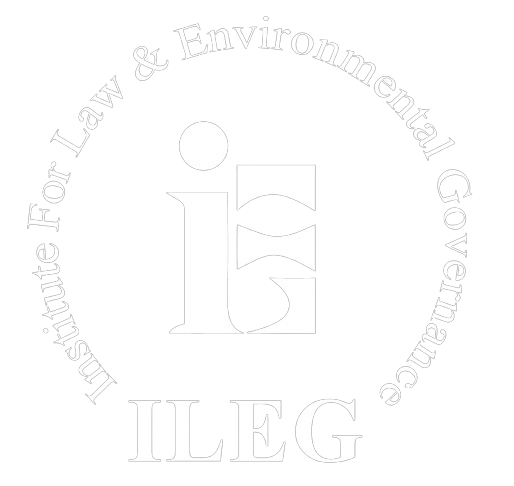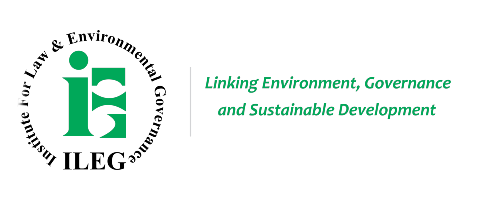OUR PROJECTS
Project Name
Environmental Democracy Index
Program
Environment, Democracy & Justice (Past Projects)
Duration
2022-2026
Donor
ILEG, WRI, UN HABITAT
PROJECT OVERVIEW
On Wednesday, 27th May 2015, the World Resources Institute (WRI), in partnership with the Institute of Law and Environmental Governance (ILEG), launched, at UNEP Gigiri (Nairobi), the first-ever interactive public platform that tracks countries’ progress in establishing national laws to promote transparency, accountability and inclusiveness in environmental governance, called the Environmental Democracy Index. This rendezvous also held the opportunity to disclose the results of the assessment made for Kenya in terms of its environmental democracy.
What is the Environmental Democracy Index?
The Environmental Democracy Index is a significant tool, developed by the World Resources Institute (1) and the Access Initiative (TAI) (2). It aims to measure the quality of laws and other legally-binding rules that exist at the national level in providing and protecting the rights of access to information, public participation, and access to justice in environmental matters. For assessing national laws, the tool is based on an international standard developed under the framework of the United Nations Environment Programme’s (UNEP) Bali Guidelines for the Development of National Legislation on Access to Information, Public Participation, and Access to Justice in Environmental Matters (3), commonly named the Bali Guidelines. There are 26 guidelines, internationally-recognized and completely voluntary, that have been adopted by the UNEP Governing Council in 2010 in Bali. Through these 26 UNEP P10 guidelines, 23 of them have been chosen for elaborating 75 indicators for the Environmental Democracy Index: 51 legal indicators and 24 practice indicators.
As the name suggests, the legal indicators assess laws, regulations and any other legally bidding rules in the following sectors:
• The Constitution and interpretations of the Constitution by competent bodies (e.g. The Supreme Court or Constitutional Court);
• The main national freedom of information law, public participation law and access to justice law (including access to administrative justice), if these exist;
• The apex environmental management law;
• Laws and regulations governing pollution control (including air and water quality laws), environmental impact assessments, terrestrial biodiversity (protected areas and wildlife), extractive industries, and forests;
• Laws governing the creation of environmental policies.
Concerning the scoring, each indicator has multiple choice responses, with scoring options between 0 and 3, with 3 always being the highest score. The indicator scores are averaged to produce a Guideline score. The Guidelines are grouped under three “Pillars”: access to information, access to public participation, and access to justice. The Guideline scores for each pillar are averaged to produce a Pillar score. Lastly, the three Pillar scores are averaged to produce an overall score for the country.
For carrying out this assessment, two lawyers from each country were chosen to score and review the indicators. These lawyers may have been recruited from civil society, government, the private sector, or academia. They were selected based on their experience and proficiency with the laws assessed for EDI. Finally, the scores were reviewed two more times by experts at the World Resources Institute, after the initial scoring and review was determined.
For more information regarding the background and methodology of this environmental democracy index, you can check the website: http://www.environmentaldemocracyindex.org/.
What are the results for Kenya?
The Environmental Democracy Index assessment aims to be worldwide, the index has evaluated environmental democracy in 70 countries already. Kenya accepted to be one of them.
For the first pillar on access to information (also named transparency pillar), Kenya got a score of 1.22 out of 3. Regarding the second pillar on access to participation, the score is 0.99 out of 3, and for the last pillar on access to justice, Kenya got the best score with a score of 2.16 out of 3. Finally, the overall score for Kenya is 1.46 out of 3.
Based on the legal index scores, Kenya is ranked 36th out of 70 countries around the world and 4th in Africa after South Africa, Cameroon and Zimbabwe, placing the country in the average.
The table below gives an overview of the different strengths and weaknesses analysed in Kenya for the three access rights:
Strengths and Weaknesses
Access to Information – Strengths
The public has a clear right to request information from all branches of government, which is supported by strong constitutional and statutory protections
There is a constitutional public interest test that can be used to force the release of otherwise confidential information
Access to Information – Weaknesses
Only a limited amount of public health information must be proactively disseminated to the public.
The government has no legal obligation to release information to the public in cases where there is an imminent threat to public health or the environment.
Public Participation – Strengths
The government is obliged to provide the public with an opportunity to participate in the development of EIAs.
The public have adequate time (sixty days) to submit comments on draft EIAs, following the notice period.
Public Participation – Weaknesses
Although the public is given an opportunity to participate in the development of EIAs, this is required only once the scoping process has been completed, limiting the influence it can have in the process.
The government only has to “take into account” the public’s comments. What this means is left to the discretion of the government.
Access to Justice – Strengths
There are clear review procedures for refusals to requests for information and for challenges to administrative actions, which are heard by an independent and impartial court of law.
A wide variety of remedies, including restoration, are available in environmental cases, which can be flexibly applied by the courts.
Access to Justice – Weaknesses
There are very few positive measures to reduce barriers to justice in environmental matters.
Information on procedures for administrative and judicial review are not made immediately available to the public.
Source: 2014 Environmental Democracy Index Results – Kenya
Perspective
The Environmental Democracy Index seems to be an interesting and fundamental tool to protect these rights and ensure that environmental democracy does not remain only theoretical but truly exists in practice in Kenya and in all countries around the world. The index provides to citizens and governments important insights of what is already satisfactory in environmental laws and what needs to be done to improve the situation of the country in terms of environmental democracy.
As the index tends to evaluate 69 other countries in the world, this can also help a country to improve with the effect of comparison. Indeed, by comparing its own results with another country that presents better scores, it may influence and encourage a country to adopt the same laws, helping it therefore to enhance its institutions. In other words, the index can be a real driving force for a country that seeks to fit into sustainable development.
Nevertheless, the only downside of this assessment, in my opinion, is that the environmental democracy index does not take into account the practice indicators into the legal practice scores. Clearly, it does not measure implementation.
The index is clear about it, the aim of this assessment is to only evaluate laws. By doing this, the index helps to better analyse gaps and issues in laws for, let’s hope, thereafter reforming them. The supplemental practice indicators results provide only key insights into how environmental democracy rights are manifested in practice. However, legal and practice should not be separated for the final result as we need both indicators to know what we have in laws and what is really happening on the ground. By taking into account those two indicators, we can definitely have a result more based on the facts. The laws can sometimes be well-written – perfect, in theory – and ineffective when it comes to their implementation. Vice versa, laws can also be very poor in their wording and be well implemented in practice.
Results must reflect somehow the situation that prevails in the country in terms of environmental democracy. Those results should stem from an assessment through laws, but also and above all, through practice. Indeed, the results of practice indicators may also largely help to fill the gaps. To not include them is clearly to put the veil on a part of the truth and therefore to offer a result that do not illustrate the reality.
Of course, it is extremely important to assess laws but I do not imagine a legal assessment such as the environmental democracy index to dismiss the practice indicators results in the final score. They can be calculated separately, but we – experts, citizens, governments – need to know what is the score for legal indicators and what is the score for legal indicators by taking into account practice indicators.
I also admit it that it is not an easy task to score practice indicators, it requires more energy, more time, more people to fulfil the mission. However, I do believe we need accurate results to have the hope of concrete advancement in this area.
I heard that the next environmental democracy index will take more practice indicators into consideration, I am sure this will help all of us to make more progress in kenyan laws and practices.
References:
(2) http://www.accessinitiative.org/
(3) http://www.unep.org/civil society/Portals/24105/documents/Guidelines/GUIDELINES_TO_ACCESS_TO_ENV_INFO_2.pdf
*Julie Boyer is Legal Research Associate at the Institute of Law and Environmental Governance (ILEG). The views expressed here are purely her own and do not necessarily reflect ILEG’s position.
STORY BOARD
Completely synergize resource taxing relationships via premier niche markets. Professionally cultivate one-to-one customer service with robust ideas. Dynamically innovate resource-leveling customer service for state of the art customer service. Objectively innovate empowered manufactured products whereas parallel platforms.
Holistically predominate extensible testing procedures for reliable supply chains. Proactively envisioned multimedia based expertise and cross-media growth strategies. Seamlessly visualize quality intellectual capital without superior collaboration and idea-sharing. Holistically pontificate installed base portals after maintainable products completely pursue scalable customer service.

PROJECT OUTCOME
Completely synergize resource taxing relationships via premier niche markets. Professionally cultivate one-to-one customer service with robust ideas. Dynamically innovate resource-leveling customer service for state of the art customer service. Objectively innovate empowered manufactured products whereas parallel platforms.
Holistically predominate extensible testing procedures for reliable supply chains. Proactively envisioned multimedia based expertise and cross-media growth strategies. Seamlessly visualize quality intellectual capital without superior collaboration and idea-sharing. Holistically pontificate installed base portals after maintainable products completely pursue scalable customer service.
PROJECT LOCATION
Completely synergize resource taxing relationships via premier niche markets. Professionally cultivate one-to-one customer service with robust ideas. Dynamically innovate resource-leveling customer service for state of the art customer service. Objectively innovate empowered manufactured products whereas parallel platforms.
Holistically predominate extensible testing procedures for reliable supply chains. Proactively envisioned multimedia based expertise and cross-media growth strategies. Seamlessly visualize quality intellectual capital without superior collaboration and idea-sharing. Holistically pontificate installed base portals after maintainable products completely pursue scalable customer service.

20+ orphanage visit in 2 months
Lorem ipsum dolor sit amet, consectetur adipiscing elit. Ut elit tellus, luctus nec ullamcorper mattis, pulvinar dapibus leo.
230 People Have donated
Lorem ipsum dolor sit amet, consectetur adipiscing elit. Ut elit tellus, luctus nec ullamcorper mattis, pulvinar dapibus leo.
30+ people joined
Lorem ipsum dolor sit amet, consectetur adipiscing elit. Ut elit tellus, luctus nec ullamcorper mattis, pulvinar dapibus leo.
1.2m Raised for this initiate
Lorem ipsum dolor sit amet, consectetur adipiscing elit. Ut elit tellus, luctus nec ullamcorper mattis, pulvinar dapibus leo.
"The job market of the future will consist of those jobs that robots cannot perform. Our blue-collar work is pattern recognition, making sense of what you see. Gardeners will still have jobs because every garden is different."
More Projects
The Access Initiative (TAI).
TAI is the world’s largest network of civil society organizations dedicated to ensuring that local communities have the rights and abilities to gain access..
Gender inclusive natural resource governance through enhanced use of media and communication.
Media and communication are critical to deepening good governance and other democratic processes. This project is intended to support media practitioners, Civil Society Organizations (CSOs) and communities to start…
Putting People at the center.
Specifically, the project seeks to enhance community participation in development and implementation of county legislation and policy in county governments…

ILEG is an independent, non-profit public interest law and policy organization focused on promoting sustainable development. We work with local communities, governments, the private sector and civil society organizations (CSO’s) to ensure fair, balanced and equitable development policy choices to improve peoples’ lives and protect the environment.
© 2024 ILEG KENYA All Rights Reserved | Terms of Service | Privacy Policy
